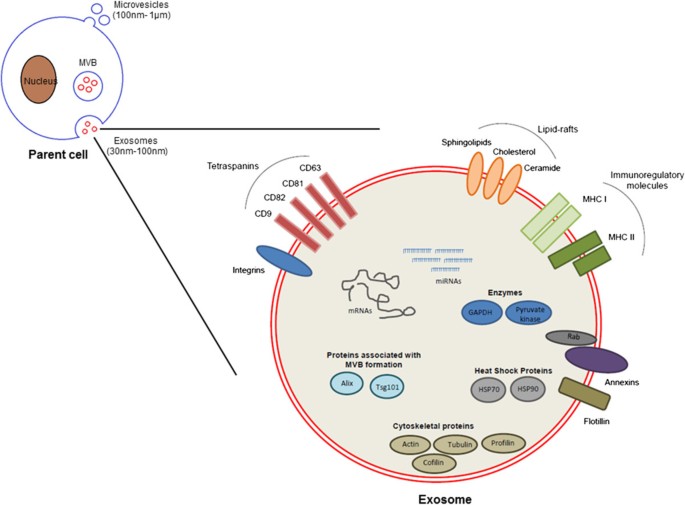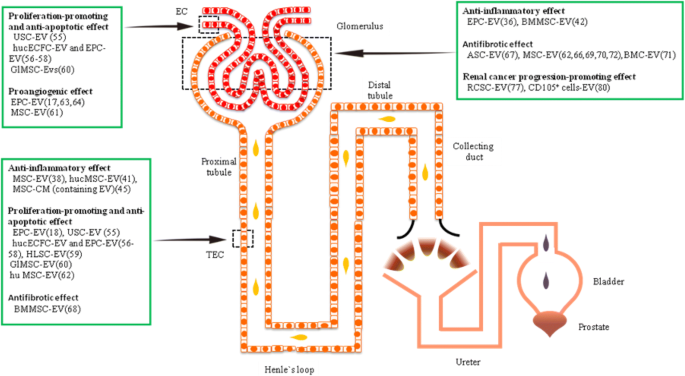
Summary of Asbestos and Talc Analysis – Final Report Part 4 (04272021-1 to 04272021-14) (PDF - 65MB) Summary of Asbestos and Talc Analysis – Final Report Part 3 (03242021-1 to 03242021-11) (PDF - 40MB) Summary of Asbestos and Talc Analysis – Final Report Part 2B (02232021-12 to 02232021-13) (PDF - 2MB) Summary of Asbestos and Talc Analysis – Final Report Part 2A (02232021-1 to 02232021-11) (PDF - 19MB) Summary of Asbestos and Talc Analysis – Final Report Part 1 (02282020-1 to 02282020-12) (PDF - 52MB)

FDA In Brief (October 25, 2021): FDA Makes Progress on Efforts to Understand Presence of Asbestos in Cosmetic Products.
#JW PUBLIC TALK NUMBER 68 UPDATE#
Constituent Update (October 25, 2021): FDA Releases Data from the Agency’s 2021 Testing of Talc-Containing Cosmetic Products for Asbestos.Samples were analyzed using polarized light microscopy (PLM) and transmission electron microscopy (TEM) methods. Testing of samples was conducted by AMA Analytical Services, Inc. The products were selected based on various factors including, type of talc-containing cosmetic product, price range, popular products on social media and in advertisements, products marketed to the children, and, if any, third party reports of potential asbestos contamination. The FDA has continued its testing for asbestos contamination in talc-containing cosmetics. 2021 Testing of Talc-Containing Cosmetics for Asbestos There is the potential for contamination of talc with asbestos and therefore, it is important to select talc mining sites carefully and take steps to test the ore sufficiently. Unlike talc, however, asbestos is a known carcinogen when inhaled. Both talc and asbestos are naturally occurring minerals that may be found in close proximity in the earth.
#JW PUBLIC TALK NUMBER 68 HOW TO#
Asbestos: What it is, Why it is a Concern, and How to Prevent its Occurrence in CosmeticsĪsbestos is also a naturally occurring silicate mineral, but with a different crystal structure. In addition, questions about the potential contamination of talc with asbestos have been raised since the 1970s. The FDA has ongoing research in this area. However, these studies have not conclusively demonstrated such a link, or if such a link existed, what risk factors might be involved.

Published scientific literature going back to the 1960s has suggested a possible association between the use of powders containing talc in the genital area and the incidence of ovarian cancer. For example, it may be used to absorb moisture, to prevent caking, to make facial makeup opaque, or to improve the feel of a product.

Talc has many uses in cosmetics and other personal care products. Chemically, talc is a hydrous magnesium silicate with a chemical formula of Mg 3Si 4O 10(OH) 2. Talc is a naturally occurring mineral, mined from the earth, composed of magnesium, silicon, oxygen, and hydrogen. Talc: What it is and How it is Used in Cosmetics Learn more about FDA's Authority Over Cosmetics. Before we can take such action against a cosmetic, we need sound scientific data to show that it is harmful under its intended use. Cosmetics must be properly labeled, and they must be safe for use by consumers under labeled or customary conditions of use. The law does not require cosmetic companies to share safety information with FDA.įDA monitors for potential safety problems with cosmetic products on the market and takes action when needed to protect public health. Under the Federal Food, Drug and Cosmetic Act (FD&C Act), cosmetic products and ingredients, with the exception of color additives, do not have to undergo FDA review or approval before they go on the market. From time to time, FDA has received questions about its safety and whether talc contains harmful contaminants, such as asbestos. Talc is an ingredient used in many cosmetics, from baby powder to blush.


 0 kommentar(er)
0 kommentar(er)
